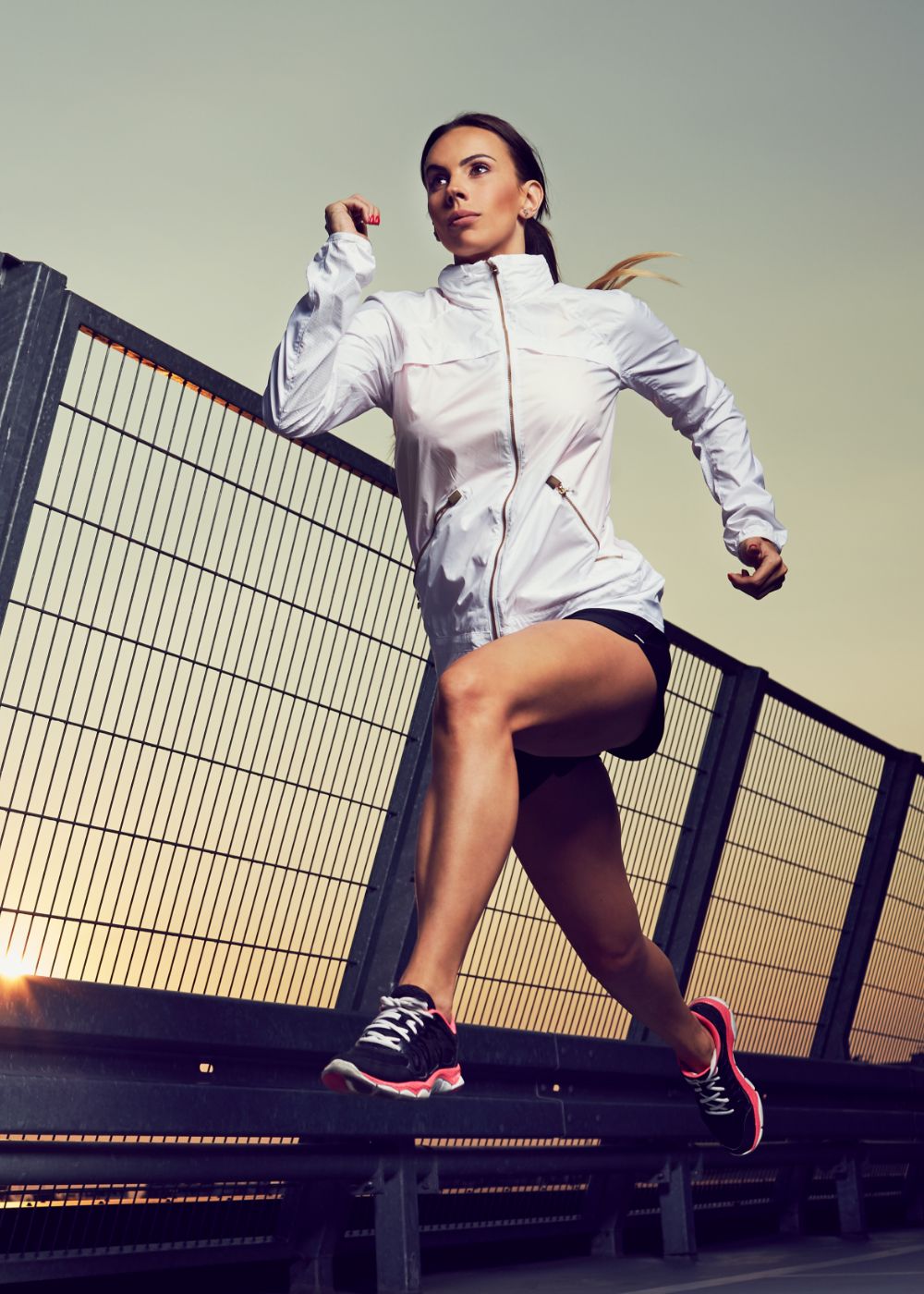Facts About Fitting Shoes
Poor Fitting Shoes
Poorly fitting shoes can cause bunions, corns, calluses, hammertoes, and other disabling and/or painful foot problems. According to the American Academy of Orthopedic Surgeons, one in six persons or 43.1 million people in the U.S. have foot problems. Thirty-six percent regard their foot problems as serious enough to warrant medical attention.
The cost of foot surgery to correct foot problems from tight-fitting shoes is $2 billion a year, according to the AAOS. If time off from work for the surgery and recovery is included, the cost is $3.5 billion.
General Tips on Selecting The Right Shoe for You
Some serious foot disorders, and even more common conditions, can be linked to one avoidable thing: Low quality or poorly-fitting shoes. Any podiatrist will tell you that a higher-quality, properly fitting shoe pays for itself in terms of better long-term foot health.
When shopping for shoes, always make sure to not force your feet in order to conform to the shape of a pair of shoes. Rather, the shoe should always be roomy enough to fit your foot.
Shoe Fitting

The Different Parts of A Shoe
A shoe has many different components. If you understand basic shoe construction, you can make a more informed and better decision for yourself.
The sole consists of an insole and an outsole. The insole is inside the shoe; the outsole contacts the ground. The softer the material used for the sole, the greater the shoe`s ability to absorb shock.
The heel is the bottom part of the rear of the shoe that provides elevation. The higher the heel, the greater the pressure on the front of the foot. Longterm use of higher heels may also result in contracture/ shortening of the Achilles Tendon.
The toe box is the tip of the shoe that provides space for the toes. Toe boxes are either rounded or pointed and will determine the amount of space provided for the toes.
The vamp is the upper middle part of the shoe where the laces are commonly placed. Nowadays, you will sometimes see Velcro used instead of laces.
The last is the part of the shoe that curves in slightly near the arch of the foot to conform to the average foot shape. This reflects the curvature that helps you to tell the right shoe from the left one.
The material from which a shoe is made can affect fit and comfort. Softer materials decrease the amount of pressure the shoe places on the foot. Stiff materials can cause blisters and calluses.
A counter may be used to stiffen the material around the heel and give support to the foot.
The most important quality to look for in shoes is durability. A durably constructed shoe will protect your feet and keep them comfortable. Shoes that do not fit properly can cause bunions, corns, calluses, hammertoes and other disabling foot disorders.
The Fitting
Here are some tips to help reduce the risk of foot problems. Use this guide when you shop for shoes:
- Fit new shoes to the larger of your feet. Almost everyone has one foot larger than the other.
- Have both feet measured every time you purchase shoes. Your foot size increases and changes as you get older, even throughout adulthood.
- If the shoes feel too tight, don’t buy them! There should never be a “break-in period” with new shoes that results in discomfort and blistering. This usually means that the shoe is “breaking-in” your foot!
- The majority of high heeled-shoes have a pointed or narrow toe box that crowds the toes and forces them into an unnatural triangular shape. As heel height increases, the pressure under the ball of the foot may double, placing greater pressure on the forefoot as it is forced into the pointed toe box. This is very harmful.
- Always fit your shoes to your heel as well as your toes.
- Don’t get hung up on a number: Like dress sizes and pants sizes, shoe sizes vary widely from brand to brand. Judge each shoe individually based on how it fits on your foot – not by the based on the size they say it is.
- There should be a half-inch of space from the end of your longest toe to the end of the shoe.
- Try on both shoes.
- Try on new shoes at the end of the day. Your feet normally swell and become larger after standing or sitting during the day.
- Walk around the store in the shoes to make sure they fit well and feel comfortable before buying them.
- With the shoe, you should be able to freely wiggle all of your toes within the toe box. If you can’t, it’s too tight and you should go up a size.
- Nobody, reagardless of height, age or sex, should ever wear a shoe with a heel higher than 2 1/4 inches.
Our Patients Love Us
An absolutely amazing experience. Dr. Ciment is an absolutely wonderful person – it is very evident that he truly cares about his patients.
What a pleasure to meet Dr. Shastri. She was extremely personable, listened intently and actually was able to treat my condition to a fair extent in the first sitting.
Highly recommend her.
When you come to Chelsea Foot and Ankle, our doctors take care of you from start to finish.
If you are suffering from pain due to poor fitting shoes in New York City, or any foot and ankle problem, call our office today at (646) 929-4149!
